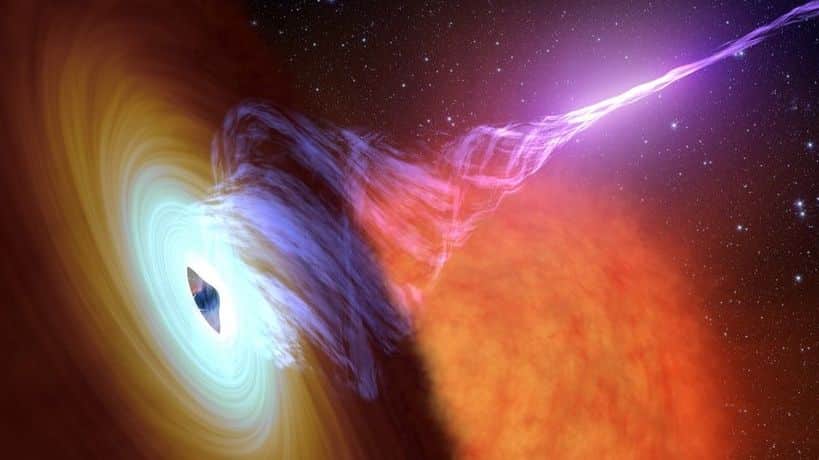Another space mystery came to the fore when scientists uncovered that a dead star came back to life unexpectedly, Space.com reported.
In a statement, CSIRO said that researchers using Murriyang, CSIRO’s Parkes radio telescope, detected unusual radio pulses from a previously dormant star with a powerful magnetic field.
New results published today in Nature Astronomy describe radio signals from magnetar XTE J1810-197 behaving in complex ways.
Magnetars are a type of neutron star and the strongest magnets in the Universe. At roughly 8,000 light years away, this magnetar is also the closest known to Earth.
Most are known to emit polarised light, though the light this magnetar is emitting is circularly polarised, where the light appears to spiral as it moves through space.
Dr Marcus Lower, a postdoctoral fellow at Australia’s national science agency – CSIRO, led the latest research and said the results are unexpected and totally unprecedented.
“Unlike the radio signals we’ve seen from other magnetars, this one is emitting enormous amounts of rapidly changing circular polarisation. We had never seen anything like this before,” Dr Lower said.
Dr Manisha Caleb from the University of Sydney and co-author on the study said studying magnetars offers insights into the physics of intense magnetic fields and the environments these create.
“The signals emitted from this magnetar imply that interactions at the surface of the star are more complex than previous theoretical explanations.”

